Talk Overview
Synthetic biology can be used to create biofuels, therapeutics, biosensors, and bioremediation tools. This often involves introducing new DNA into an existing organism. However, at the same time, it also is important to develop genetic safeguards to ensure that this new DNA is not unwillingly transferred to another organism. One safeguard is to create an organism lacking key DNA repair enzymes (uracil-DNA-glycosylase, UNG; dUTP pyrophosphatase, DUT) that are responsible for fixing misincorporated uracil in the genome. Organisms lacking DNA repair enzymes will accumulate uracil mutations in its genome, and, if it mates with another organism, the uracil mutated genome will be recognized as faulty and destroyed. The Synthetic Biology in Action participants describe these different safeguarding mechanisms and how they created a host organism with DNA repair enzymes deletions.
About the Speaker
Yu Heng Lau, Post-doctoral scholar at Harvard Medical School
Roberto Ferro, PhD student at the Technical University of Denmark
Dario Neves, PhD student at RWTH Aachen University
Jason Whitfield, PhD student at the Australian National University, Canberra
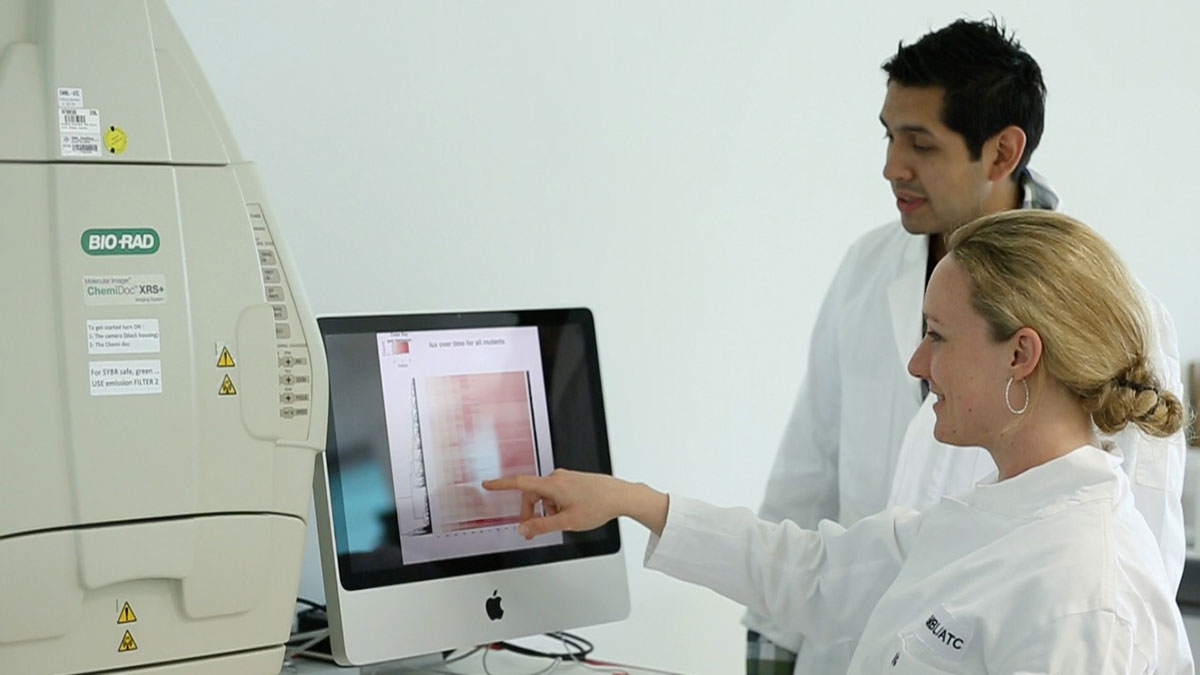
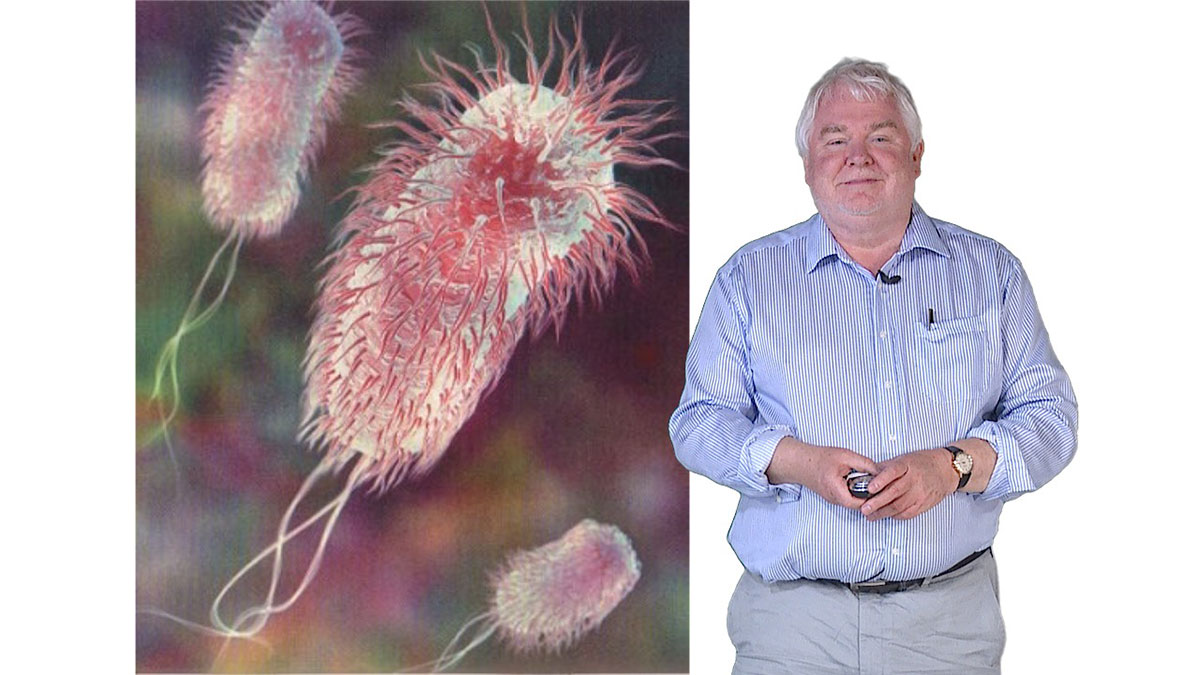
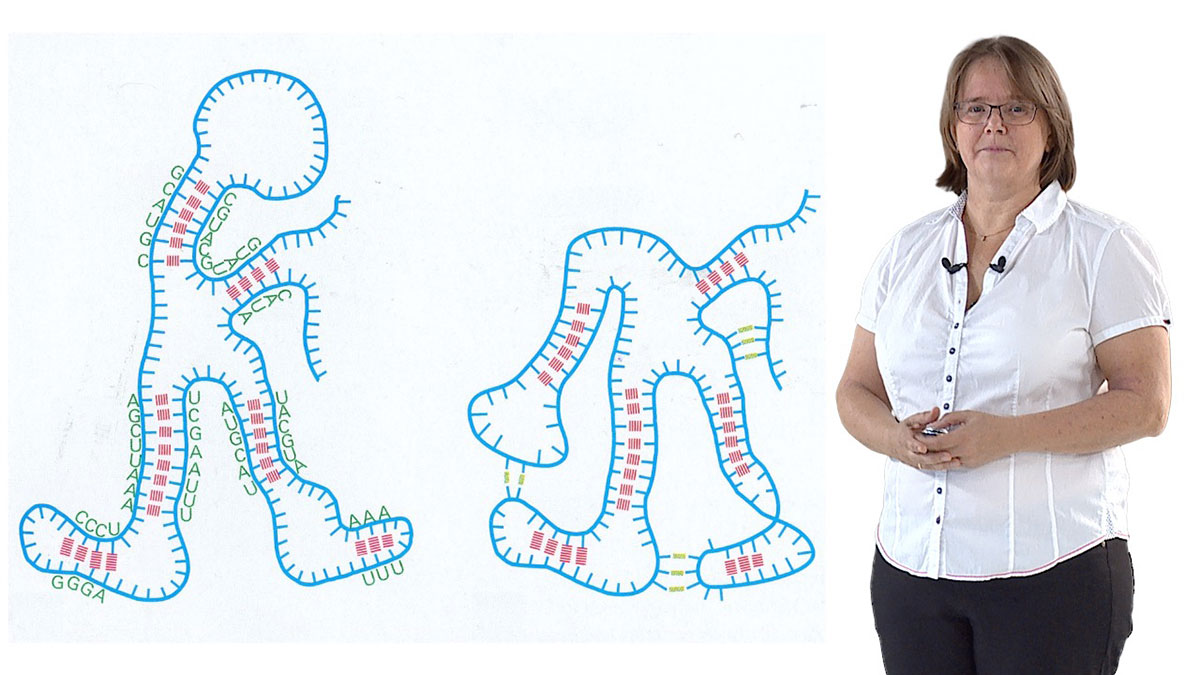
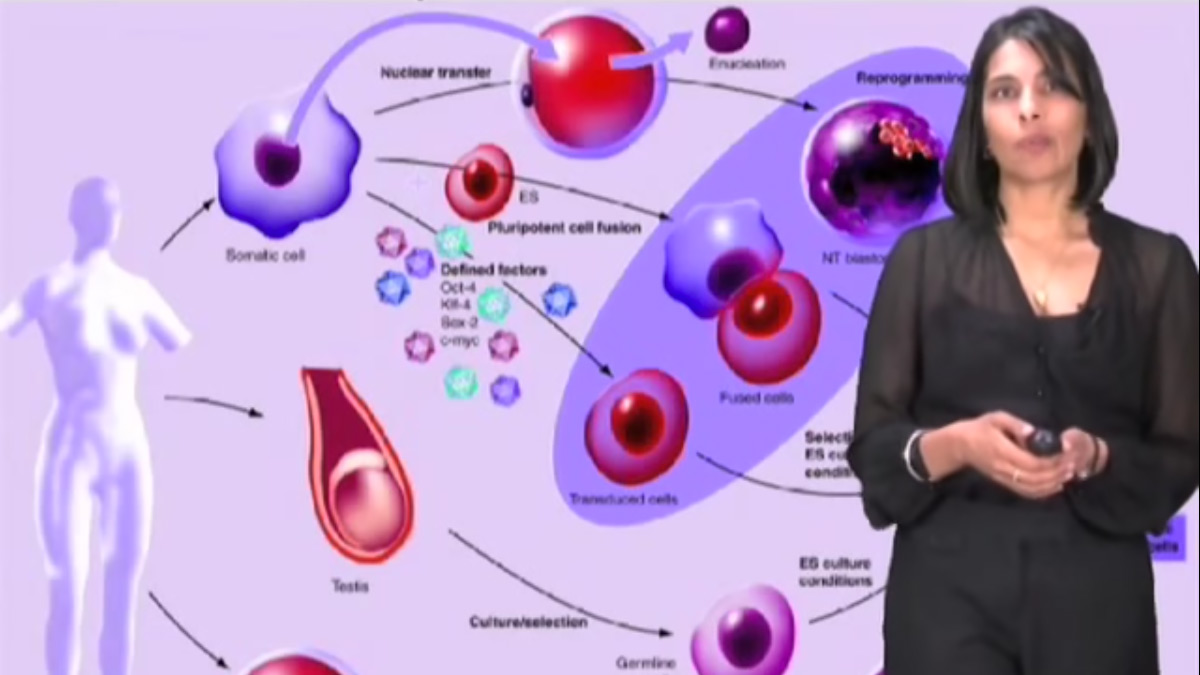
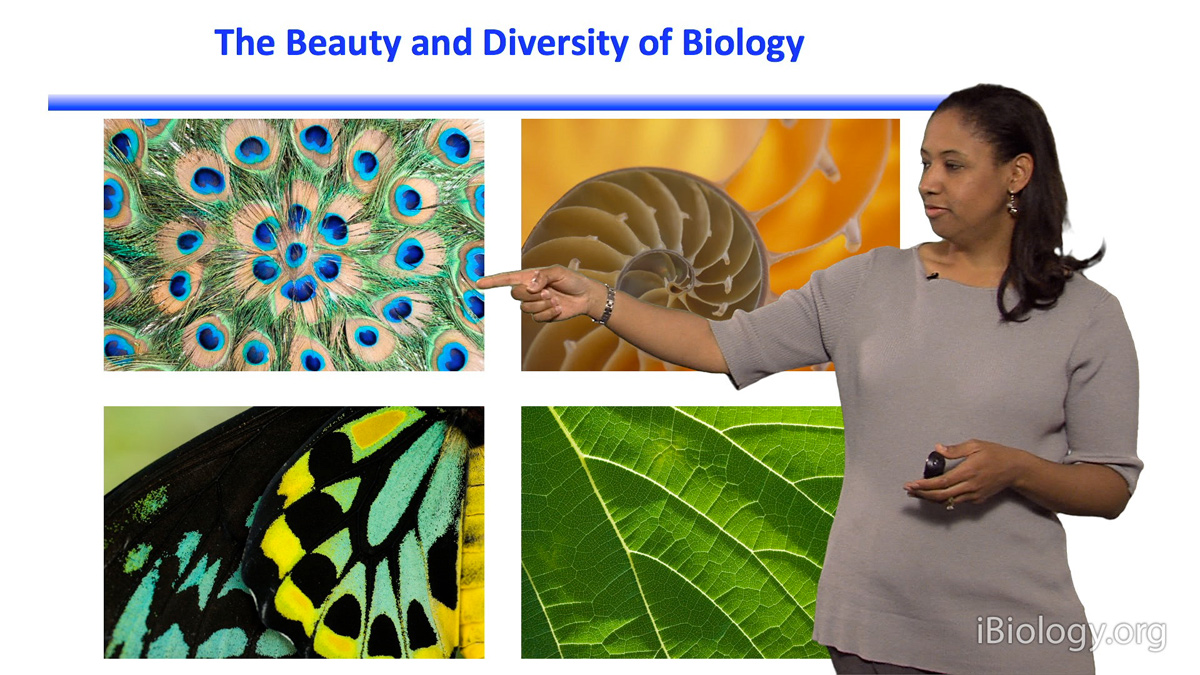
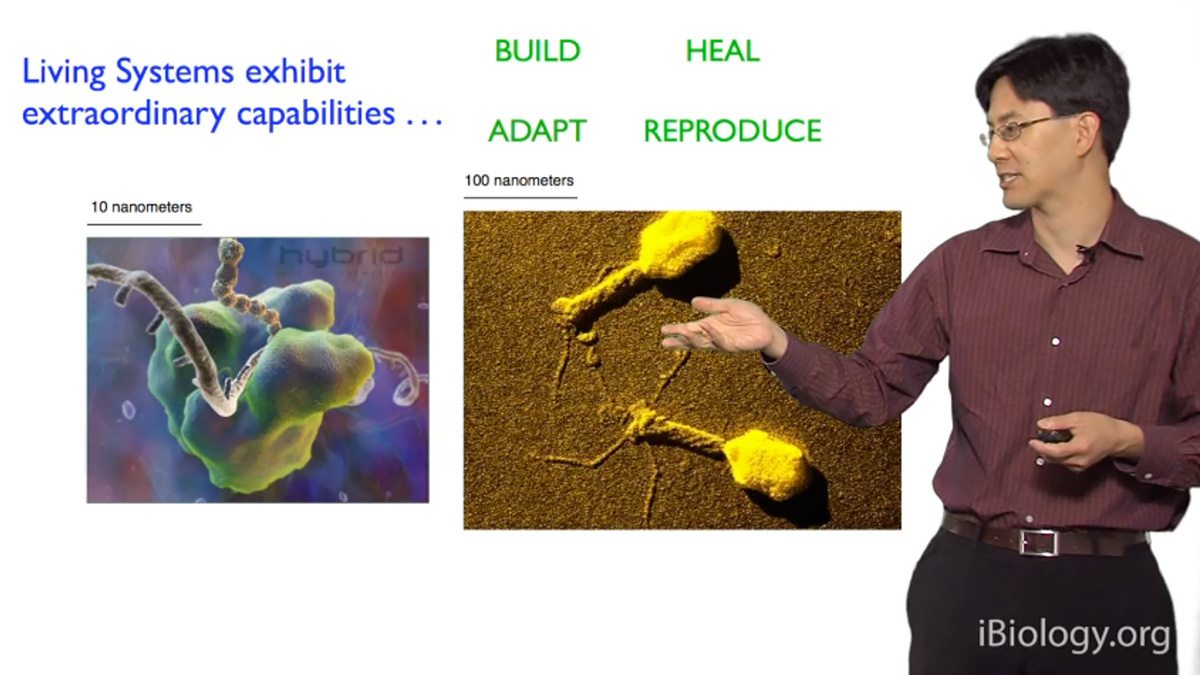





Leave a Reply